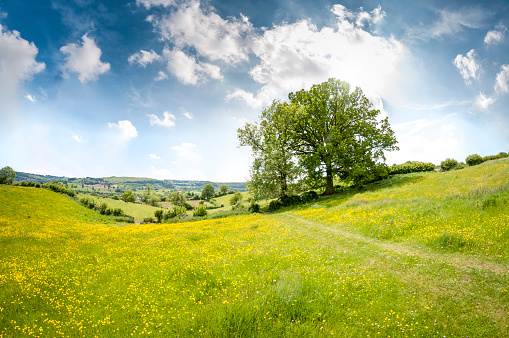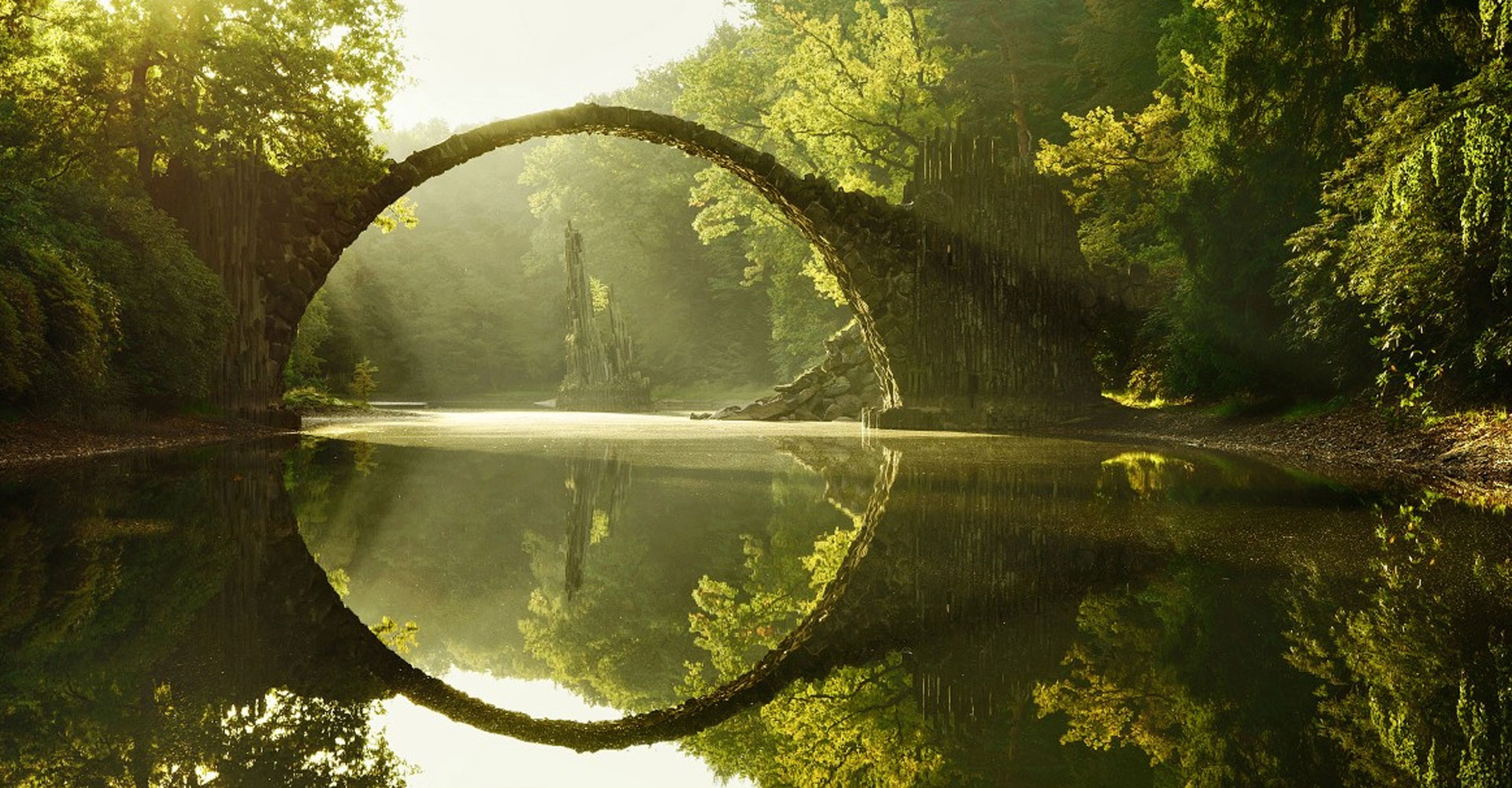THE STUDENT
The student seeking a meaningful internship experience works with professionals on a real-world project over the course of an entire year. The experience is open to any undergraduate from any field or year of study.
THE PROJECT
We utilize the research and design process of the built environment as the vehicle for learning. Selecting from a pipeline of projects created with our partners or selecting a space on the students' campus, the students work alongside design professionals and consultants to meet the objectives of the client. The project will be designed by the team, permitted within the local jurisdiction, constructed by the contractors (student's do not participate in construction), and presented to media and interested audience. The project will always be the renovation of an existing space and it will always be small enough to be started and completed within a year's time.
THE OBJECTIVES
- The student gains experience working a real-world project with real deadlines and real clients.
- The student works with students from varying departments and skillsets to enhance their learning experience and problem-solving skills.
- The student will first
THE COURSE: 4 PHASES
SHARE, IMMERSE, RELATE, TRANSLATE, HONOR, AND VALIDATE
In this course, you will learn about:
- An innovative design process that can be translated to any project requiring thought before it is implemented.
After successfully completing this course, you will be able to:
- Engage with and learn from a group of mentors who know and care about you.
PHASE 1
PRE-COURSE PREP
The students are asked to prepare themselves for the course by:
- Visiting a space to look at space and light in a new way. They should document their feelings, thoughts, and reactions.
- Write a reaction to their favorite or least favorite spaces.
SHARE AND IMMERSE
The experience begins with the students participating in a rapid charrette (brainstorming session) where they express their interests, goals and aspirations for the course. They are partnered with a mentor (professional team member of the project).
The student is expected to immerse themselves into the space they are redesigning. They will be required to conduct historical research and lighting anthropology; these two tasks allow the student to immerse themselves in function of the space and its citizens.
PHASE 2
RELATED, TRANSLATE, AND HONOR
The student experiences the power of empathy when it is successfully translated into the design. By spending ample and significant time learning about the people for whom we are designing, the student is able to relate the design to their needs and therefore translate their desired experiences into a physical space. Once the design is complete, the student is responsible for ensuring that the professional design team has honored the program and the needs of the client.
PHASE 3
CONSTRUCTION AND POST CONSTRUCTION VALIDATION
Student conducts validating research. This gives them an opportunity to see what works what doesn't, what they were able to adhere to from the beginning, reflect, learn, and better their approach if necessary.
PHASE 4
POST EXPERIENCE WRAP UP
STUDENT REFLECTION, PORTFOLIO DEVELOPMENT, EVALUATIONS
The students participates in the ribbon cutting ceremony for the project, direct all media and public relations to promote the project, participate in speeches at press conferences, are assisted with portfolio development, and perform self and team evaluations.
AFTER THE PROJECT AND BEYOND
PROMOTING IMPACT OF PROJECT
The students and professional team members emerge from the project experience with a better understanding of how to be innovative thinkers and doers.
They've developed the following innovators' skillset:
- curiosity
- criticism
- continuous improvement
- creative problem solving
- research by acquaintance
- collaboration
- civility
- flexibility
- communication
- strategic thinking
- compassion
- empathy
- adaptability
- courage
- design thinking
- agility
- skepticism
- leadership
- synthesis
The student and their mentor have fostered a relationship through the vehicle of working on a real world project. That relationship is intended to stay intact throughout the career of the student as a resource and person of support.





